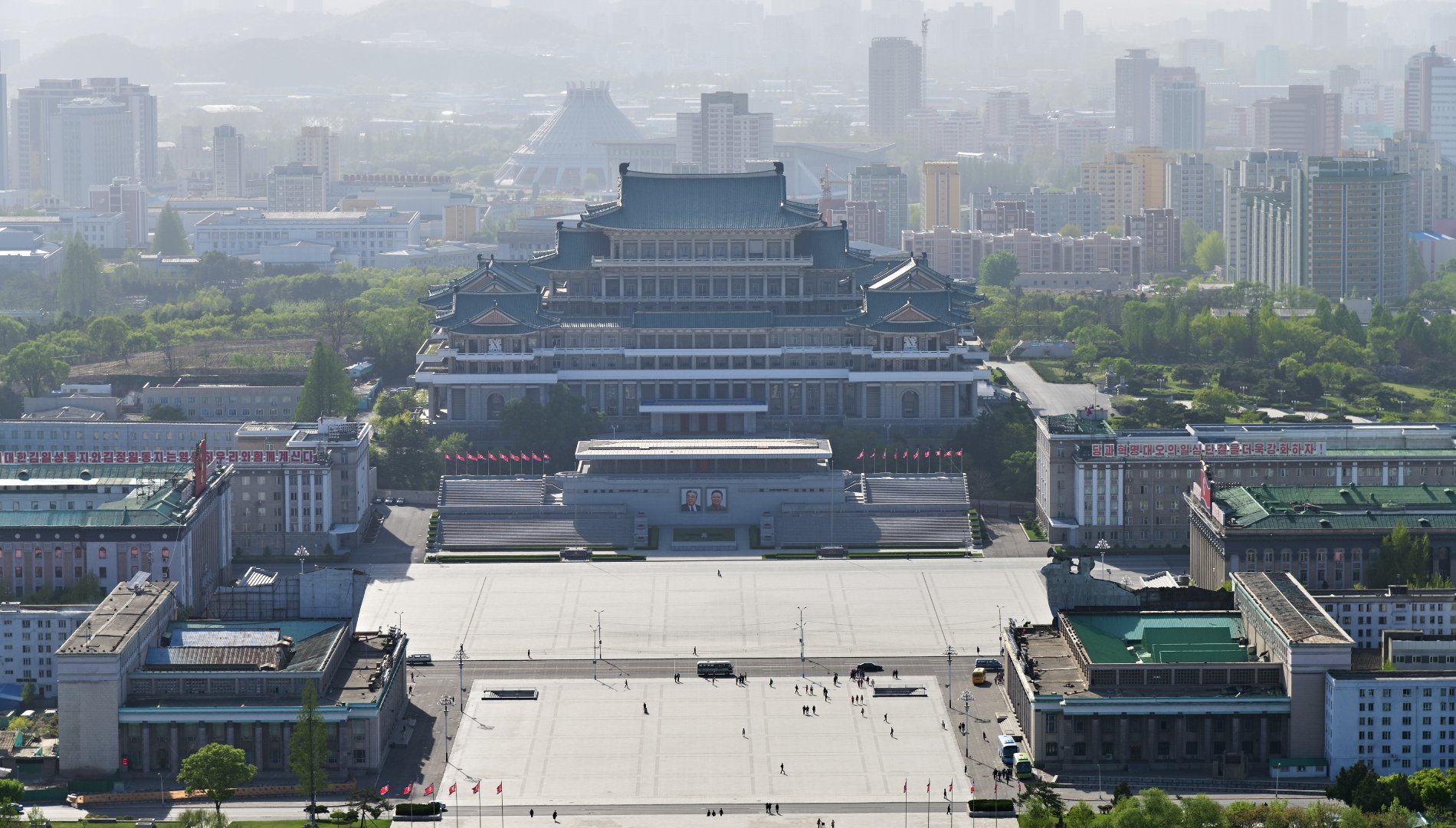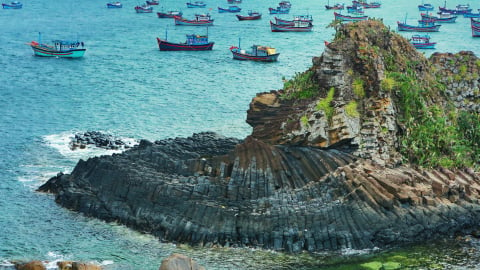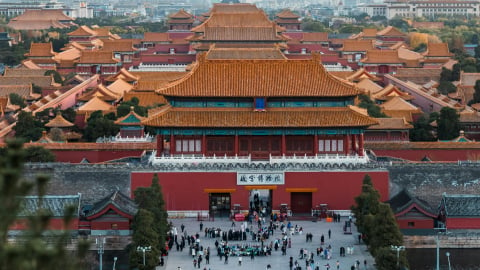AFP news agency on July 7 revealed remarkable information about a new move from North Korea in opening up international tourism. Accordingly, Young Pioneer Tours (YPT), a travel company based in China, has just announced that it will organize a special tour to North Korea, taking place from October 24 to November 1.
The trip will offer Western visitors a rare opportunity to experience unique aspects of North Korea, even though the borders are not yet fully reopened to everyone.

North Korea will not allow Western journalists, travel content creators and KOLs to attend autumn international trade fair
However, the most notable point in YPT’s announcement is the strict regulations on participants. On its official website, YPT clearly states that this trip is not for journalists, travel content creators or influencers.
YPT co-founder Rowan Beard confirmed that the restrictions were a “specific request from North Korea.” Beard also predicted that when North Korea fully reopens, there will be “stricter controls or restrictions on influencers and YouTubers participating in the tour.” YPT has also not received any information about when Pyongyang will allow official press groups to return.
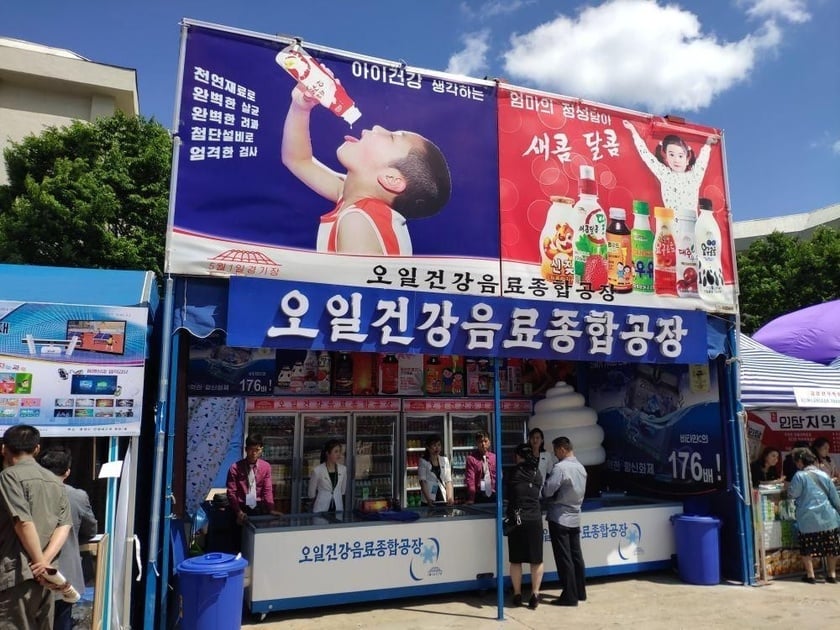
A beverage product booth at the Pyongyang International Trade Fair
China has long been North Korea’s biggest ally in many aspects, from diplomacy, economics to politics. Before the COVID-19 pandemic, the majority of foreign tourists and business visitors to North Korea were Chinese citizens. However, after reopening after the pandemic, the number of tourists has not recovered to the previous level. Therefore, North Korea has recently started to relax its tourism policy, accepting international tour groups.
The clearest evidence was that hundreds of foreign athletes were allowed to participate in the Pyongyang International Marathon last April, marking the first time the event was held after a six-year hiatus.
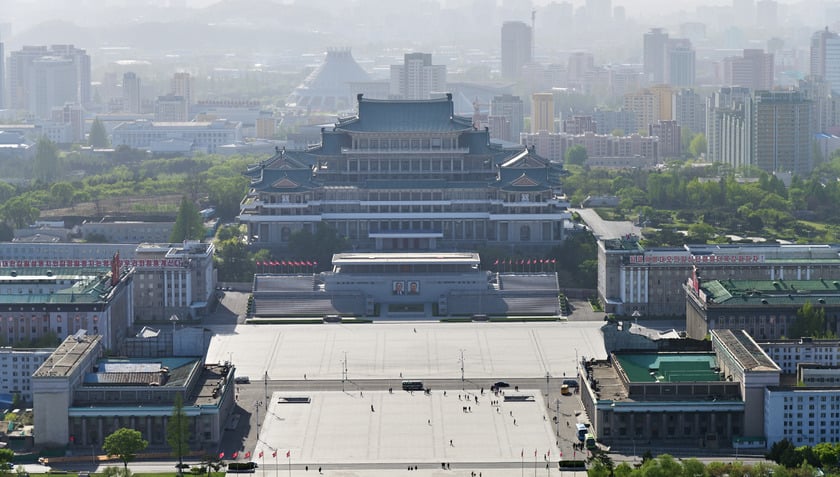
A tour operator specializing in North Korea said this is a rare opportunity when the country is willing to issue tourist visas to foreign visitors to the fair, even though the border has not yet fully reopened.
North Korea's refusal to accept influencer tourists has sparked much speculation. Chad O'Carroll, founder of the North Korea-focused news site NK News, said the reason could be that influencers, despite having larger audiences and greater public reach than professional journalists, "often don't have editors and are more likely to create sensational content to attract views."
Mr. O'Carroll said that North Korean officials probably saw more risks than benefits in allowing influencers to visit, fearing that "they would create content that is not in line with the interests" of the country, a move that shows Pyongyang's caution in controlling its image on global media platforms.

Mr. O'Carroll commented that the North Korean government "sees almost no benefit and perceives many great risks" in allowing influential people to visit.
The YPT trip is described as costing 3,995 euros (equivalent to 4,704 USD), departing from Beijing (China). The focus of the journey will be to take tourists to visit the Pyongyang Autumn International Trade Fair, considered the largest international trade exhibition in North Korea. Here, participants will have a rare opportunity to visit more than 450 booths, displaying a variety of items from machinery, information technology, energy, pharmaceuticals, to consumer goods and household appliances. This is a close-up look at the economy and domestic products of North Korea.
In addition, the group will have the opportunity to visit the Pyongyang Chamber of Commerce, where they will listen to a "special presentation on the North Korean economy", providing more official and in-depth information on the development direction of this country. The itinerary also includes visits to other prominent landmarks in Pyongyang, helping visitors learn more about the history, culture and architecture of the capital.
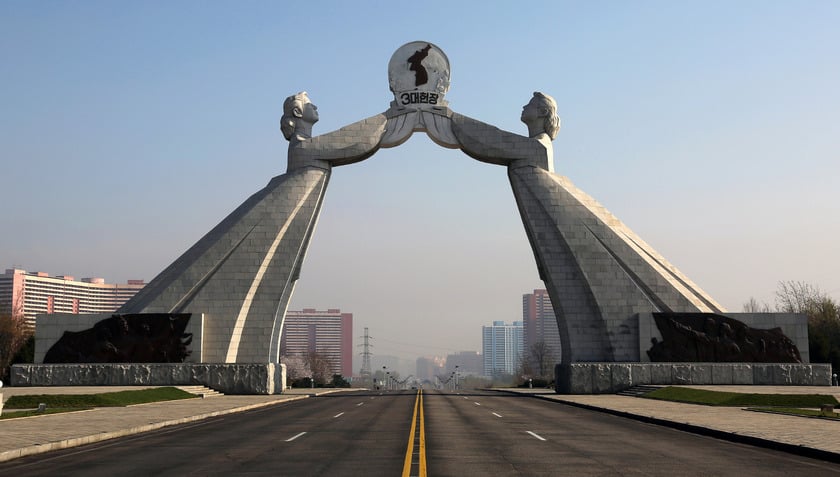
YPT's tour costs 3,995 euros (over 123 million VND), and will include participation in the fair with more than 450 booths displaying products from information technology, machinery, and pharmaceuticals.
This trip will also feature a particularly exciting highlight: a visit to Mount Myohyang, a long-standing destination famous for its museum displaying lavish gifts received by North Korean leaders. Notably, this will be the first time Western tourists have set foot in the area in more than five years, marking a new step in opening up traditional attractions to international visitors.
This move by North Korea, while still limited, shows a more cautious opening to the outside world, especially as the country struggles to recover economically from the pandemic. Is this a sign of a more open future for North Korean tourism? Time will tell.





